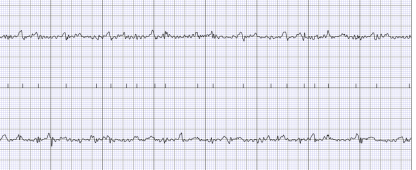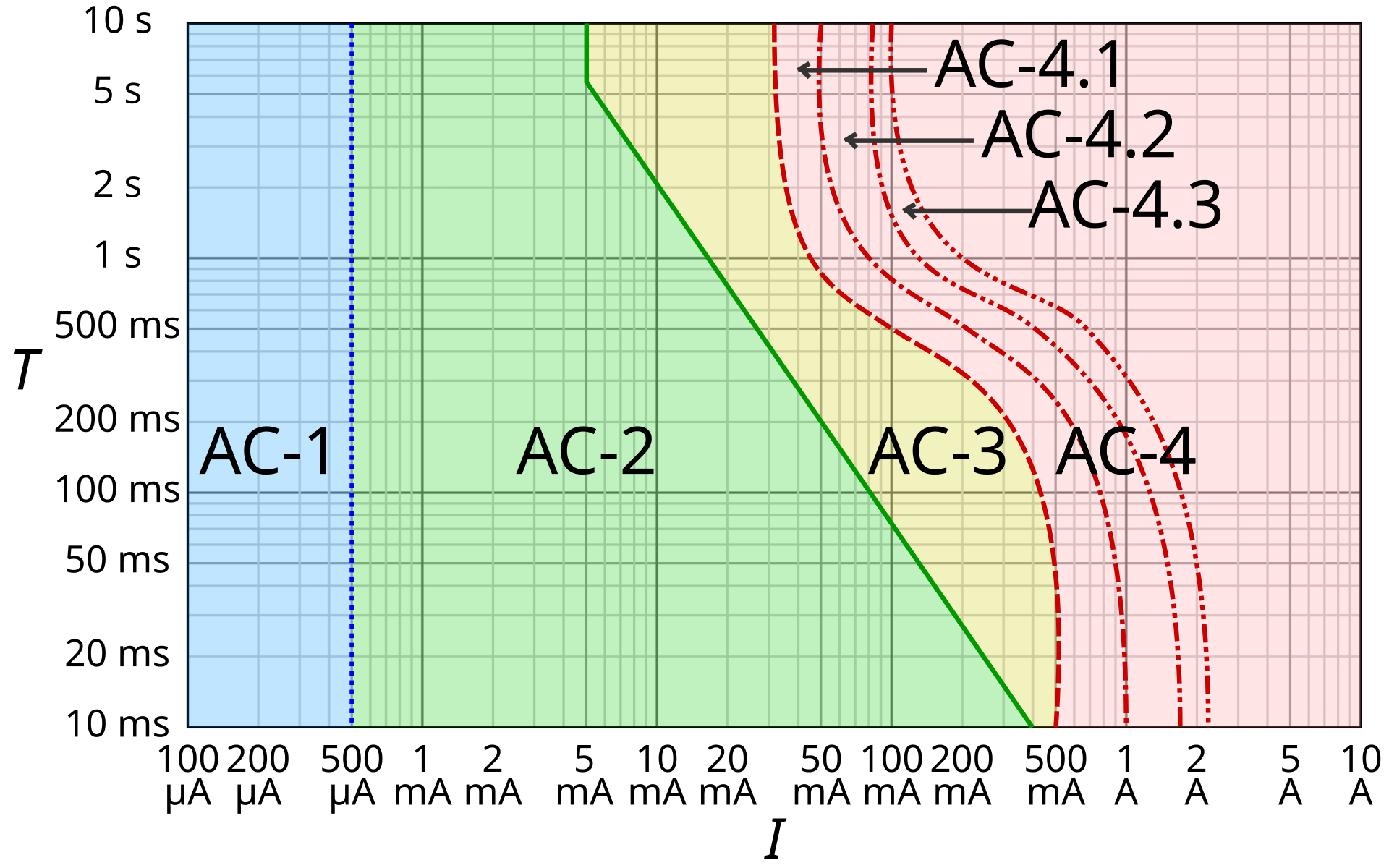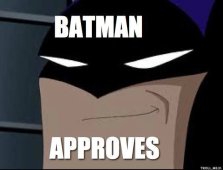Hedges
I See Electromagnetic Fields!
- Joined
- Mar 28, 2020
- Messages
- 20,930
And you're to blame,
You give solar a bad name!
Meant to be safer than a cheater cord, power cord with shrouded banana plugs
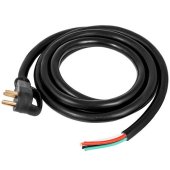 +
+ 
Similar wire and banana connected to equipment under test. Now it's easy to stack banana plugs and plug in HV scope probe.

It's just as easy to mix up Line and Ground connections, resulting in hot chassis.
Use UPS to create 208 or 230V at 50 or 60 Hz for testing, then put one hand on DUT chassis, and touch test equipment with other hand.
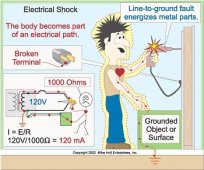
before:

after:
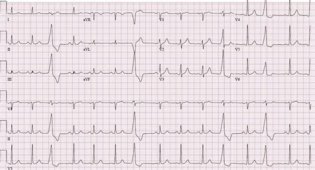
(file photos)
Good thing I just completed my QEW (Qualified Electrical Worker) training (again) the day before.
So I knew that when current passes through the chest, you should get a medical checkup.
And that AC in particular is good at scrambling ion polarities in cells of heart muscle.
Lesson learned, best practices:
1) Use keyed connectors on cable providing power and ground to DUT.
With Y-cable, branch off to banana cables to test equipment.
This way, chassis is not accidentally electrified.
2) Use a separate ground cable, perhaps with large alligator clip, as redundant ground.
3) Consider GFCI (RCD) to power DUT. In this case, wall outlet likely not effective due to UPS, so use portable GFCI suitable for voltage range.
You give solar a bad name!
Meant to be safer than a cheater cord, power cord with shrouded banana plugs
 +
+ 
Similar wire and banana connected to equipment under test. Now it's easy to stack banana plugs and plug in HV scope probe.

It's just as easy to mix up Line and Ground connections, resulting in hot chassis.
Use UPS to create 208 or 230V at 50 or 60 Hz for testing, then put one hand on DUT chassis, and touch test equipment with other hand.

before:

after:

(file photos)
Good thing I just completed my QEW (Qualified Electrical Worker) training (again) the day before.
So I knew that when current passes through the chest, you should get a medical checkup.
And that AC in particular is good at scrambling ion polarities in cells of heart muscle.
Lesson learned, best practices:
1) Use keyed connectors on cable providing power and ground to DUT.
With Y-cable, branch off to banana cables to test equipment.
This way, chassis is not accidentally electrified.
2) Use a separate ground cable, perhaps with large alligator clip, as redundant ground.
3) Consider GFCI (RCD) to power DUT. In this case, wall outlet likely not effective due to UPS, so use portable GFCI suitable for voltage range.
Last edited:



